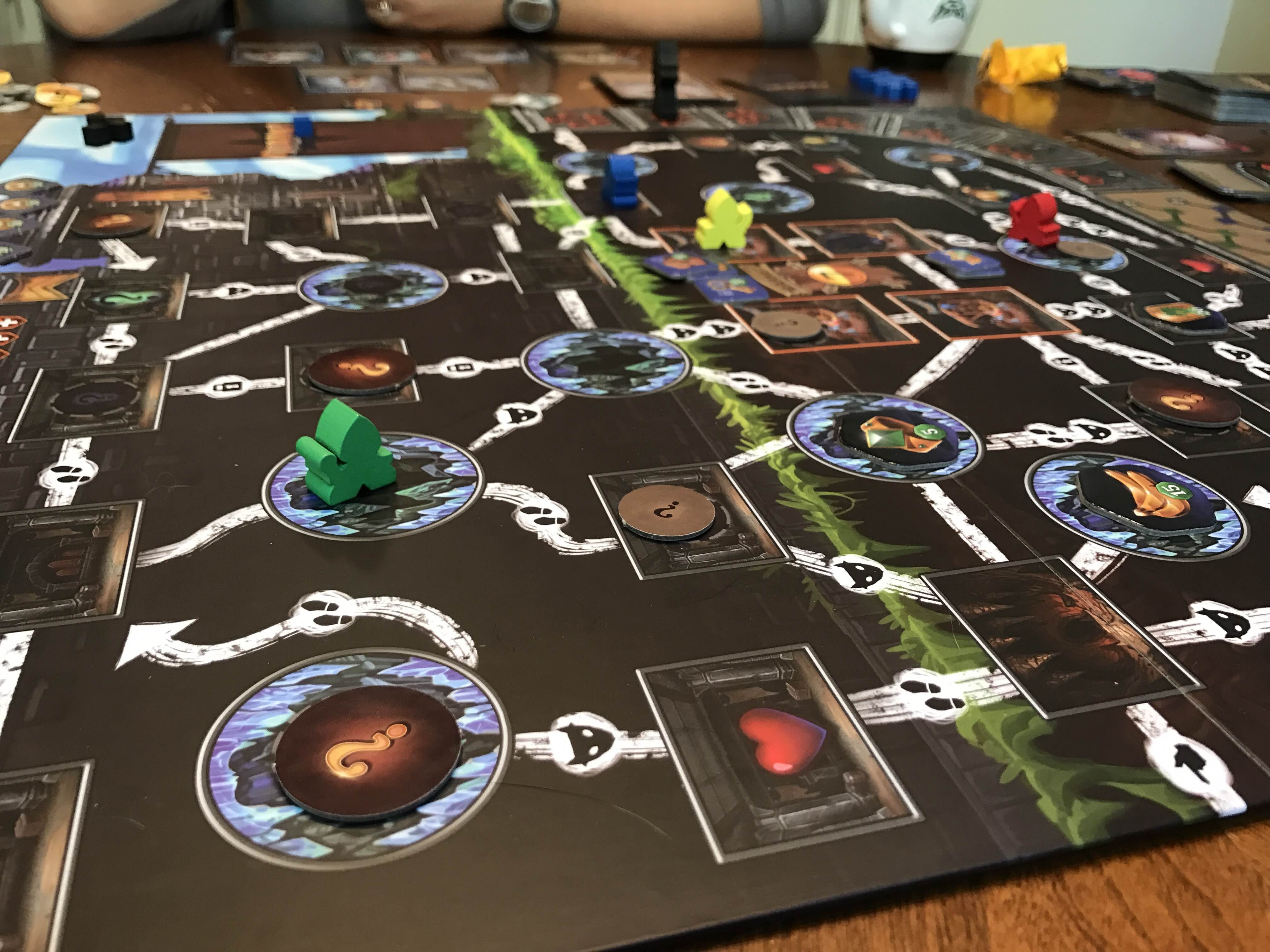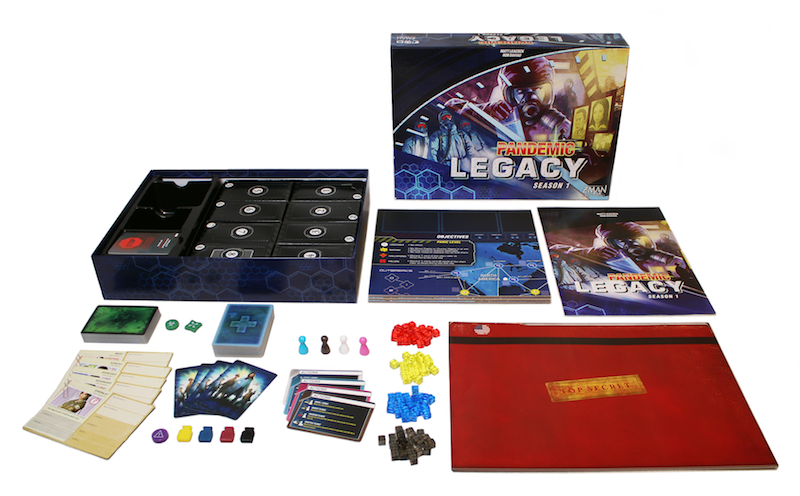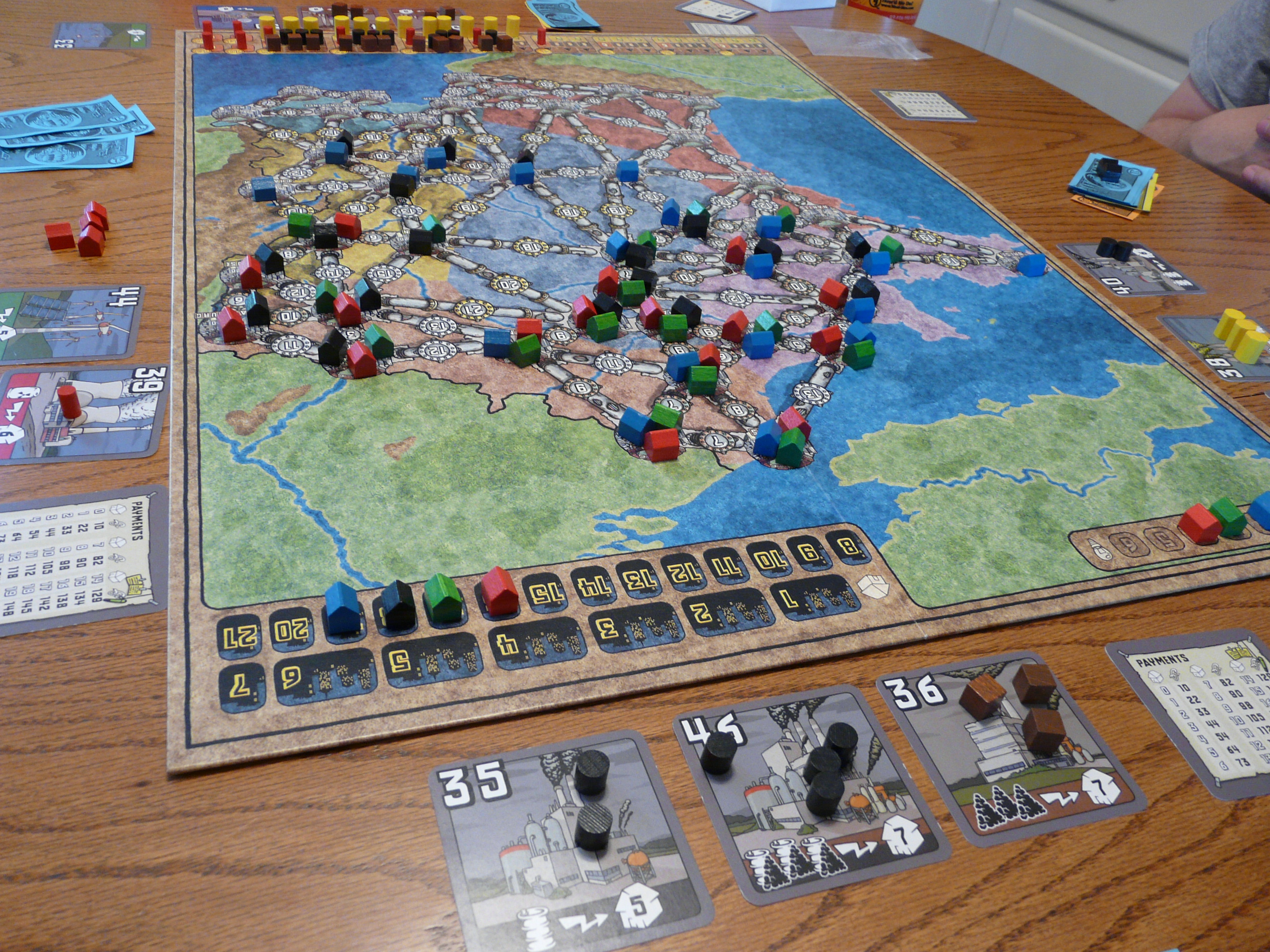Designers: Richard Garfield, Mark Rosewater, Many Others
In Magic, you are a mighty mage (called a ‘planeswalker’) who is locked in battle with another mage. You place land, activate (‘tap’) that land to gain mana, and use that mana to summon an army of creatures, or cast powerful spells in an attempt to defeat your opponent. If you do 20 points of damage to him or her, you win.
Magic:the Gathering is an easy number one game for me. It was already a brilliant, if rough, game when it was released in 1993, and since then has been constantly tuned and refined, and is now a finely honed machine. Each color has strong, unique mechanics. Multiple play styles are strongly encouraged. They release a new set of cards roughly every three months, which continue to evolve and reinvent each color, and to some extent, the game itself. Which is to say, the decks you are playing now – based on their delightful recent release, Ixalan, which is based on vampire conquistadors invading a lost world of dinosaurs and aztec-inspired mermen – will bear little relation to the decks you want a year from now.
It’s worth noting to would-be designers that Mark Rosewater’s Making Magic is probably game design’s longest running and best active game design blog.
The down side to Magic is, of course the price tag. If you want to play competitively, it’s going to cost you a pretty penny to have a top end deck. That price tag will only go up if you decide to play older formats such as Legacy that allow use of the full back catalog of cards that time has otherwise forgot. However, less spendy players can have quite a bit of fun with just some duel decks at their kitchen table, or build a decent collection just doing drafts.
Key Mechanic: The Stack. Magic has had so many good mechanics over the years that I literally could list a dozen I love (note to Mark Rosewater, ‘Evolve’ really needs to make a comeback). However, if I could choose one, I’d have to choose the one that makes Magic cast-and-respond work at all, which is the stack. The gist of it is that spells cast at instant-speed are resolved in last-in, first-out order.
The classic example is that if you cast a Lightning Strike, dealing 3 damage to my 1/1 creature (the second number is his toughness), I can cast my Giant Strength on that creature, giving him +3/+3 in response. These would resolve in reverse order – my Giant Growth lands, followed by the lightning strike, which would mean my 4/4 creature only takes 3 points of damage – enough to survive! However, if those spells were reversed, his lightning bolt would kill my creature before my giant growth had a chance to take effect.
It seems complex, but is actually shockingly simple and elegant, and is the cornerstone of reactive play in Magic: the Gathering, which makes it a highly interactive experience. And it’s an example of the great design thinking that has made Magic: the Gathering my #1 Game Of All Time, Or At Least For Right Now.








Recent Comments